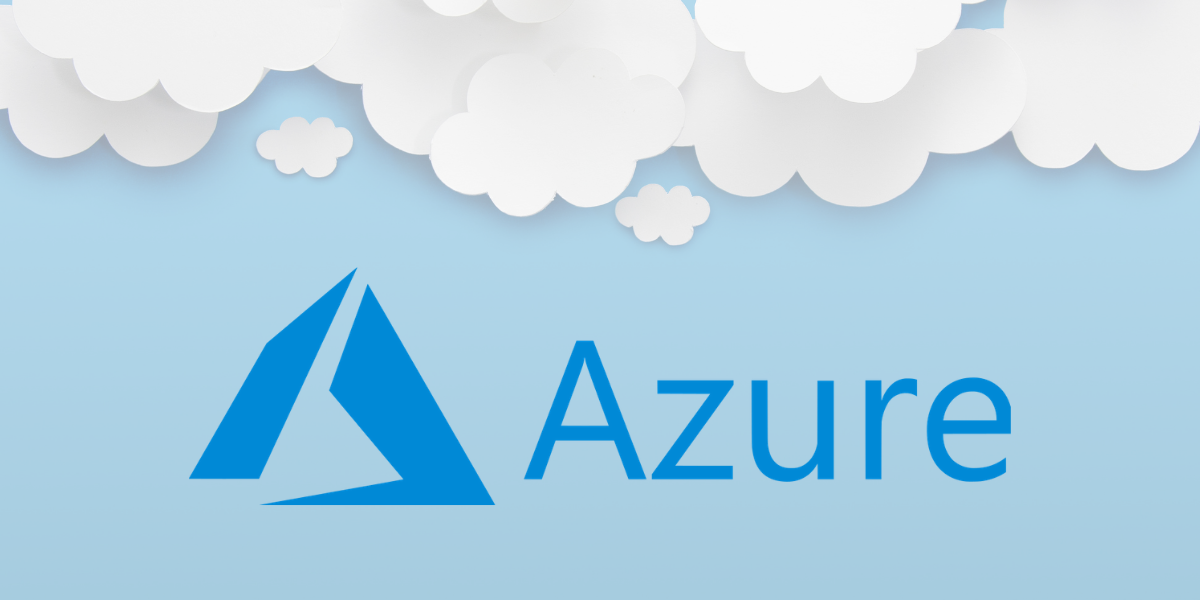Fuse is a Microsoft Partner, based in Northampton. We help organisations of all sizes to maximise IT efficiencies through the use of Microsoft cloud computing solutions.
3 Of The Latest Microsoft Azure Updates That You Should Know About

If you're a cloud-empowered small business owner or IT administrator, you might be familiar with Microsoft Azure. First launched in 2010, Azure is one of the largest cloud service providers running today.
Azure is Microsoft's premier cloud platform offering a broad suite of tools, giving customers access to an impressive range of enterprise-class software services. Microsoft is always refining, modifying, and improving the Azure cloud services to provide a better, smoother user experience. Here are three recent changes and additions (as of August 2020) that might help you streamline your cloud-enabled online business and day-to-day IT tasks.
1. Better Update Selection And Configuration Controls
Since December 2019, Microsoft has offered users the option to control the inflow of updates to services and modules run as part of an Azure dashboard. A 35-day 'decision' window is allowed to every update before Azure automatically adds the new download.
Core functionality has extended to virtual machines; computers run elsewhere or as a 'computer within a computer' as a separate, limited OS build. By controlling security updates and installs, IT administrators are given a better insight into how their virtual networks perform. The same option is available for all 'main' installations and physical PCs linked to Azure. Rapid rollback and update freezing are particularly useful for Azure administrators who encounter compatibility issues or unresolved glitches.
2. Budget Long-Term Storage
As Azure and cloud services have become better known and more widely used, demand has risen for remote data storage. Microsoft is making more and more space available for your data - and at a lower cost, too. Part of this operation is ensuring that data access is prioritised correctly for everyone who uses Azure for secure remote storage.
2020's new 'Archive' tier of data storage offers businesses a cost-effective solution. Retrieval times might be longer, but the incredibly low tier price makes it great for small and big business alike - just £0.0010 per gigabyte.
3. Fast Archive Data Retrieval
Since April 2020, Microsoft has offered rapid data retrieval from the 'blob' archive (for premium customers). While the archive 'blob' surface has received decent feedback, one prior drawback was the long load times for data retrieved from low-priority server space (up to 15 hours, on average).
The Azure Priority Retrieval module allows IT administrators to 'rehydrate' compressed and stored remote data in as little as one hour per each 10 GB stored. The restored data can integrate with live systems, be copied onto local storage, or be transferred into cold storage for later access. The 'Copy Blob' function can also create a working copy of API and regular code for practice, tests, or secondary modification. If you need to bring back large blocks of past customer data or revise databases and websites quickly, this change could prove ideal for your business.
Azure Integration With Fuse Collaboration
Fuse Collaboration specialises in remote IT support, providing our clients with full-scale Azure integration and cloud Microsoft provision, including Office 365. Call or email us today to find out more.
Logo image source: Wikipedia









